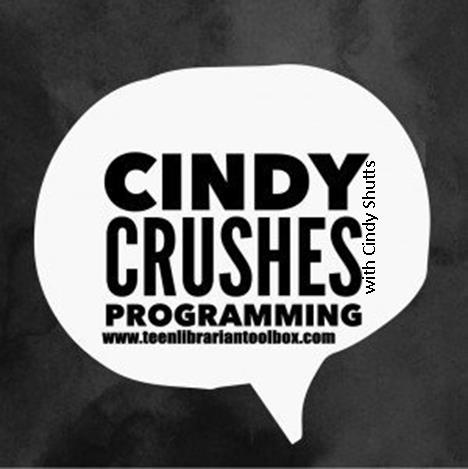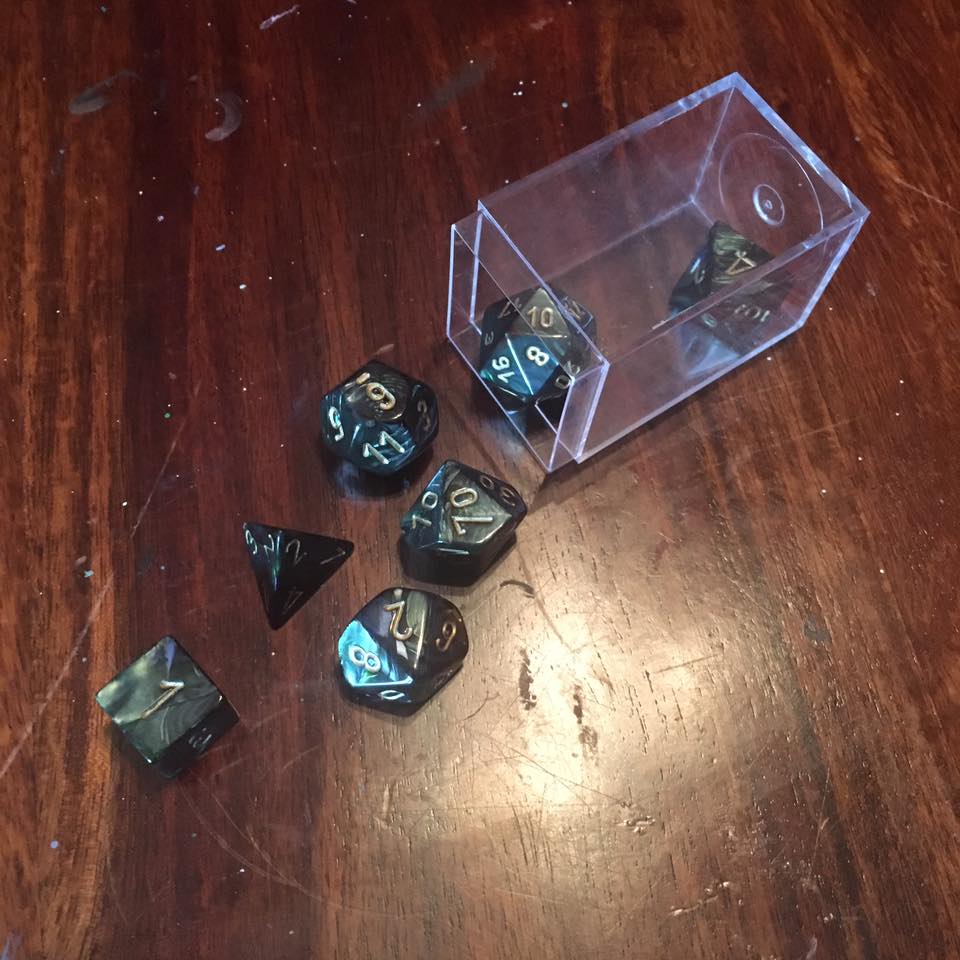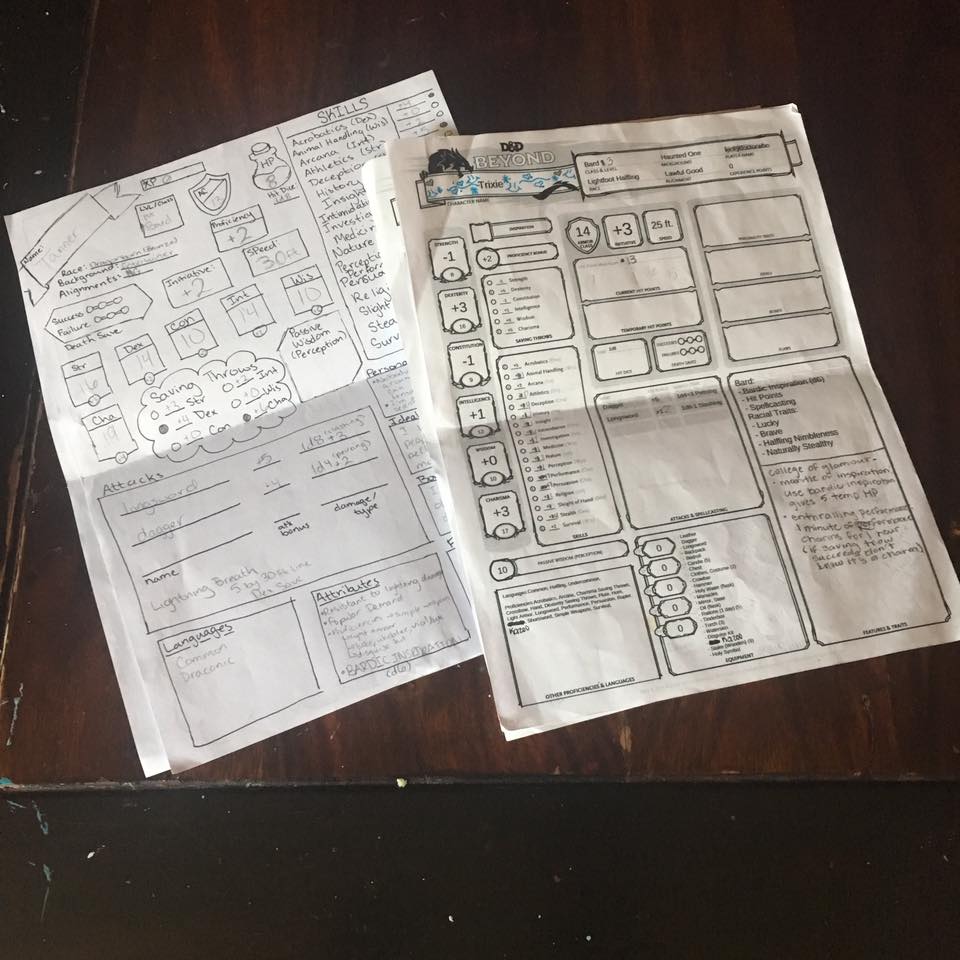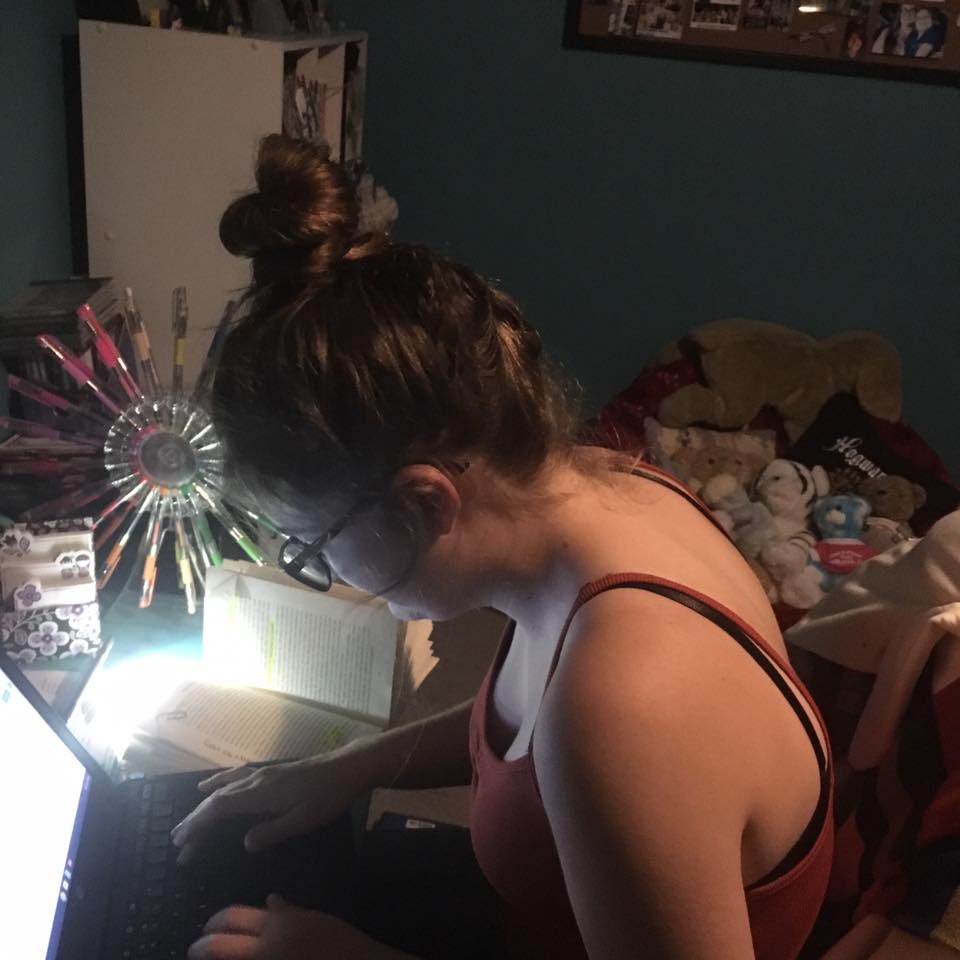Cindy Crushes Programming: Let’s Talk Dungeons and Dragons Beyond, by Teen Librarian Cindy Shutts

I recently went to a program run by Natalie Dejonghe. She taught all about how to use Dungeons and Dragons Beyond (DND Beyond). It was really helpful and has given me a few ideas on how to improve my libraries Dungeons and Dragons program. I asked Natalie here to ask her some information on DND Beyond and how she uses it for programming. I really liked it because it help do all the math for leveling characters.
Interview with Natalie DeJonghe

Hello Natalie, Thank you so much for being here. How many years have you been playing Dungeons and Dragons and what edition do you use?
ND: I have been playing D&D regularly for about 7 years, but played a bit here and there since I was a kid. I currently run all my games using the 5th edition put out by Wizards of the Coast.
ADVERTISEMENT
ADVERTISEMENT
How does one start using Dungeons and Dragons Beyond?
ND: I think the best way to get started with DND Beyond is to play around with the character building tool. This is a great starting point because the site will walk you through the entire process with tips and links to more information on things. It’s a really straightforward way to start exploring D&D without having to dive into the rule books right away.

How do you use it when programming?
ND: I use it a lot for tracking characters. My players can share their character sheet with me through DnD Beyond and then I can see changes that happen as they level up. There is also a free encountered builder that DMs can use to figure out how many monsters to add to a battle, how much experience it will give players, etc. I also have a lot of personally purchased content on the site so I can also use it to pull maps and adventures.
What is you favorite tip or trick for using the website?
ND: For DMs, my favorite thing is definitely using the quick character build for NPCs. It will give you a fully fleshed out character sheet complete with portrait. I find that this makes keeping track of NPCs in the game a lot easier.
How does it work when playing a game in person versus playing a game online?
ND: There’s definitely more of a learning curve when playing online because it can be more difficult to see the faces of players so you may not realize if someone is confused about something. But I think if you pace yourself and make sure to start out explaining everything, thatit works pretty well. Most of my players have been brand new beginners and we managed to get through things pretty well.

In-person can make it a little easier to keep track of how players are feeling about things, but there’s also a higher possibility of players getting distracted with side conversations. In-person can also be a bit more hands on because you can have large, drawn maps, miniatures, etc. You can have that to an extent in an online game, but being able to actually touch everything does make things easier for many players. Whether you’re playing online or in-person, I think the most important thing to remember is that there is no one right way to run a campaign or play a session. If you’re a player, try weird things.
You’d be amazed at what your DM will let you get away with if you can spin a good enough story. If you’re a DM, remember that while D&D does have a set of rules, as the DM you’re running the story. If adhering too strictly to the rules is going to make things too difficult for players, then adapt as needed. It’s your game. Make it fun for yourself and your players and, in
my opinion, you have a successful campaign.
More DND here at TLT:
Cindy Shutts, MLIS

Cindy is passionate about teen services. She loves dogs, pro-wrestling, Fairy tales, mythology, and of course reading. Her favorite books are The Hate U Give, Catching FIre, The Royals, and everything by Cindy Pon. She loves spending times with her dog Harry Winston and her niece and nephew. Cindy Shutts is the Teen Services Librarian at the White Oak Library District in IL and she’ll be joining us to talk about teen programming. You can follow her on Twitter at @cindysku.
Filed under: Teen Programming
About Karen Jensen, MLS
Karen Jensen has been a Teen Services Librarian for almost 30 years. She created TLT in 2011 and is the co-editor of The Whole Library Handbook: Teen Services with Heather Booth (ALA Editions, 2014).
ADVERTISEMENT
ADVERTISEMENT
SLJ Blog Network
Happy Poem in Your Pocket Day!
This Q&A is Going Exactly As Planned: A Talk with Tao Nyeu About Her Latest Book
More Geronimo Stilton Graphic Novels Coming from Papercutz | News
Parsing Religion in Public Schools
ADVERTISEMENT







